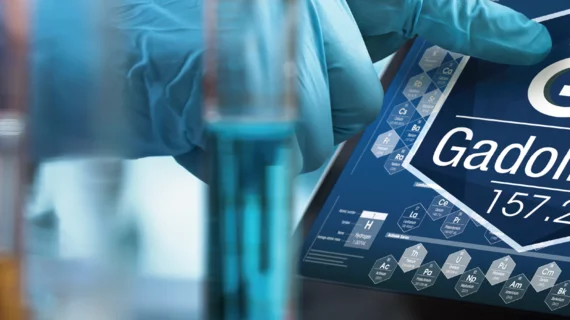One adverse reaction to a GBCA significantly increases risk of another in the future
A new study analyzing factors that increase the likelihood of an adverse reaction to gadolinium-based contrast agents suggests that repeated exposure and differing chemical makeup of the agent might be to blame.
Acute adverse reactions to contrast agents are rare, but not unheard of. Although the long-term effects of GBCA use are often debated, the short-term risks associated with them are actually lower than those related to iodinated contrast.
However, a new paper in the European Journal of Radiology suggests that although the risk of an adverse reaction is low during a first-time exposure, for people who do have a reaction, the risk of another adverse response in the future could grow.
For the study, researchers analyzed all intravenous GBCA injections from a single institution over nearly an eight-year period, adding up to more than 41,000. Patients’ previous adverse reactions to the contrast agent were recorded, and experts examined their history to identify potential risk factors, including the type of gadolinium agent used.
Adverse reactions were recorded for just 0.31% of first-time encounters. Second encounters for those individuals, however, increased the risk of an adverse reaction by nearly 4%, and preadministration steroid treatments were not observed to be effective at preventing reactions.
The risks of five types of GBCAs also were examined. Gadoxetate sodium was found to increase the odds of an adverse reaction during second exposure the most, by a little over 6%. Macrocyclic GBCAs, like gadoterate meglumine and gadobutrol, exhibited the lowest risk profile.
“Considering the association of gadolinium deposition in the brain and with nephrogenic systemic fibrosis, the use of macrocyclic GBCAs should be preferred, and the data from this study provide useful information for considering patient safety,” corresponding author Daisuke Ozaki, from the department of radiology at Gunma University Hospital in Japan, and colleagues suggested.
Although all the reactions were reported to be mild, the finding of repeated exposure increasing risk, especially with certain types of GBCAs, warrants further investigation, the authors noted.

